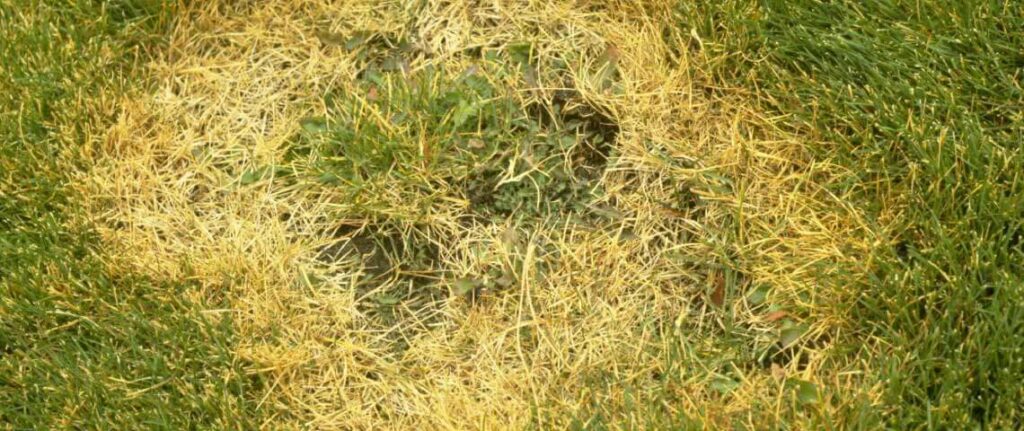If you’re dealing with a fungus issue in your turf, it’s important to take appropriate steps to address it. Fungal infections can cause discoloration, thinning, and even death of the grass. Here are some steps you can take to manage fungus in your turf:
1. Identify the type of fungus: Different types of fungi can affect turf, and the treatment methods may vary. Common turf fungi include dollar spot, brown patch, and snow mold. Take note of the specific symptoms and appearance of the affected areas to help identify the fungus.
2. Improve cultural practices: Maintaining proper cultural practices can help prevent and manage fungal infections. Ensure you’re mowing at the appropriate height for your grass type, as taller grass blades provide shade and reduce stress. Avoid overwatering, as excess moisture can create favorable conditions for fungal growth. Water deeply and infrequently promotes deep root growth. Properly fertilize your lawn to promote healthy growth, but avoid excessive nitrogen application, as it can increase susceptibility to diseases.
3. Improve drainage: Excess moisture can contribute to fungal growth. If your lawn has poor drainage, consider improving it by aerating the soil, adding organic matter (such as compost), or installing drainage systems if necessary.
4. Remove thatch: Thatch buildup can create a favorable environment for fungal diseases. Periodically remove excess thatch by dethatching or core aerating the lawn to improve air circulation and reduce moisture retention.
5. Promote good air circulation: Proper air circulation helps to reduce humidity and drying time, which can inhibit fungal growth. Trim back overhanging tree branches or shrubs that prevent air movement. Avoid overcrowding grass by maintaining appropriate spacing between plants.
6. Apply fungicides: In severe cases or when other methods haven’t been effective, you may consider using fungicides. Fungicides can help control and prevent fungal diseases. It’s important to identify the specific fungus affecting your turf and select an appropriate fungicide. Follow the instructions on the product label for application rates and safety precautions. Consider consulting with a lawn care professional or local extension office for guidance on fungicide selection and application.
Remember, prevention and maintenance are crucial in managing fungal infections in turf. Regularly monitor your lawn, practice good cultural practices, and promptly address any issues to help keep your turf healthy and resistant to fungal diseases.


